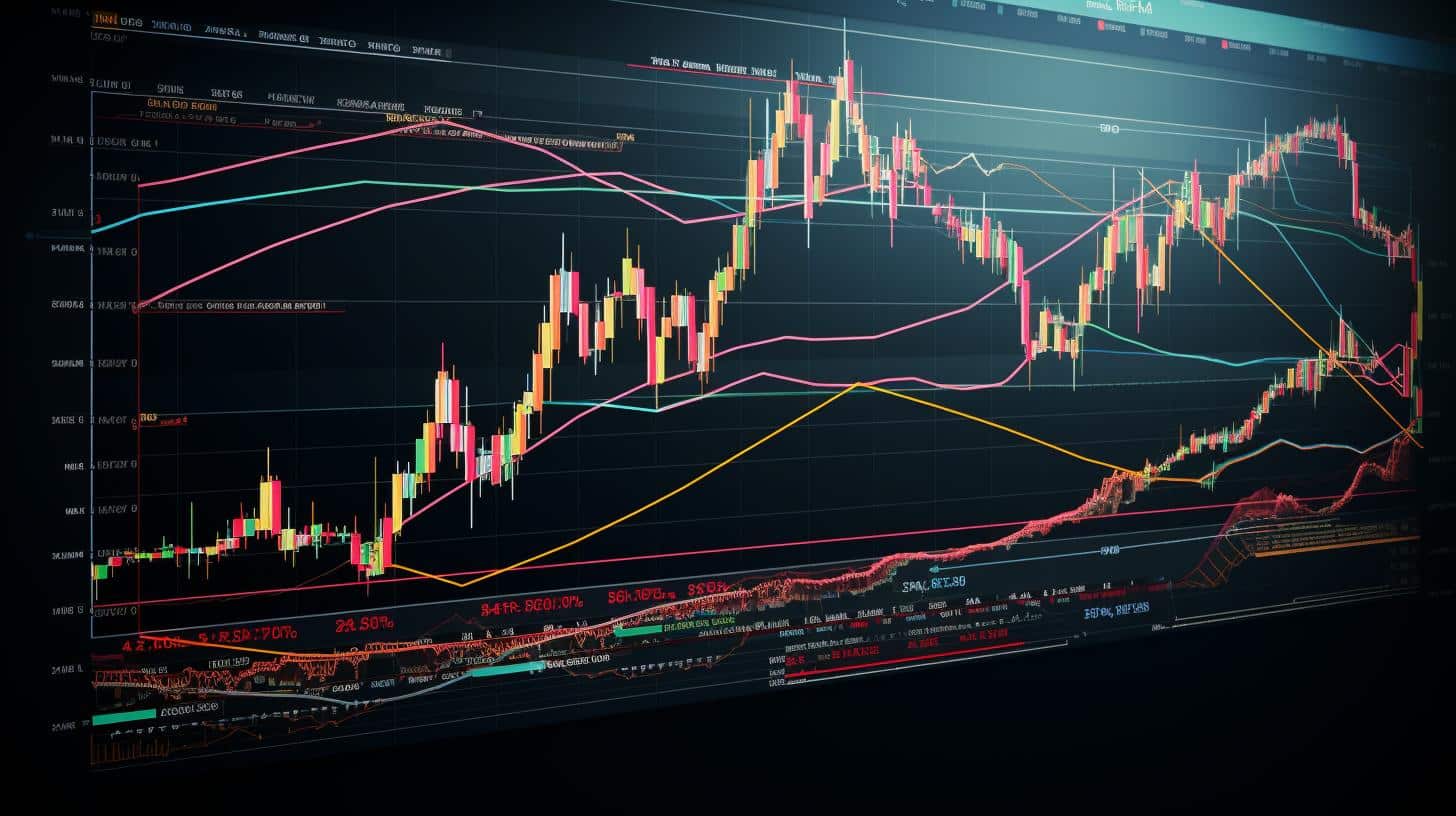Wholesale Prices Unexpectedly Fall in August, Supporting Potential Fed Rate Cut
Wholesale inflation eased in August as the Producer Price Index (PPI) recorded a 0.1% decline, defying forecasts of a 0.3% increase. This unexpected drop provides the Federal Reserve with additional flexibility ahead of its upcoming policy meeting, where a rate cut is widely anticipated.
Detailed PPI Breakdown
The Bureau of Labor Statistics reported that the headline PPI, which gauges input costs across a broad range of goods and services, fell 0.1% in August after a revised 0.7% gain in July. On a year-over-year basis, the PPI increased by 2.6%, indicating subdued inflation pressures compared to previous months.
The core PPI, which strips out volatile food and energy prices, also declined by 0.1%, contrary to expectations of a 0.3% rise. When excluding food, energy, and trade services, the index increased modestly by 0.3% for the month and was up 2.8% annually.
Services Sector Leads Decline
Services prices, closely monitored by the Fed for monetary policy decisions, dropped 0.2% in August. This decrease was largely driven by a 1.7% fall in trade services prices, including a significant 3.9% reduction in margins for machinery and vehicle wholesaling. Meanwhile, goods prices inched up by 0.1%, with final demand food costs rising slightly by 0.1%, and energy prices declining by 0.4%.
Market and Policy Implications
Following the report, stock futures advanced while Treasury yields edged lower, reflecting investor optimism about easing inflation. The Federal Open Market Committee (FOMC) is scheduled to announce its interest rate decision next week, with futures markets fully pricing in a rate cut for the first time since December 2024. The probability of a larger half-point reduction has also risen slightly to approximately 10%, according to CME Group’s FedWatch tool.
Economists like Chris Rupkey of Fwdbonds highlighted the subdued wholesale inflation as a key factor supporting a forthcoming rate cut, noting the absence of broad-based price pressures despite ongoing tariff-related concerns.
Tariffs and Inflation Dynamics
While tariffs imposed under the Trump administration raised concerns about inflationary effects, the data so far does not show widespread price increases attributable to tariffs. Tobacco products, which are subject to tariffs, did see a 2.3% price increase in August, and portfolio management costs rose 2%, though these remain isolated cases.
Labor Market and Inflation Outlook
Despite inflation remaining above the Federal Reserve’s 2% target, officials express cautious optimism that easing pressures in housing and wages will gradually bring prices down. However, recent labor market data, including revised employment figures showing fewer jobs created than initially reported, have raised concerns about economic momentum.
The upcoming Fed meeting will provide critical insights into policymakers’ views on economic conditions and the trajectory of interest rates.
FinOracleAI — Market View
The unexpected decline in wholesale prices reduces immediate inflation pressures, increasing the likelihood of a Federal Reserve interest rate cut in the near term. This data alleviates some concerns over persistent inflation, supporting market optimism reflected in rising stock futures. However, risks remain from uncertain labor market conditions and tariff-related inflation effects, which warrant close monitoring as the Fed finalizes its policy stance.
Impact: positive













